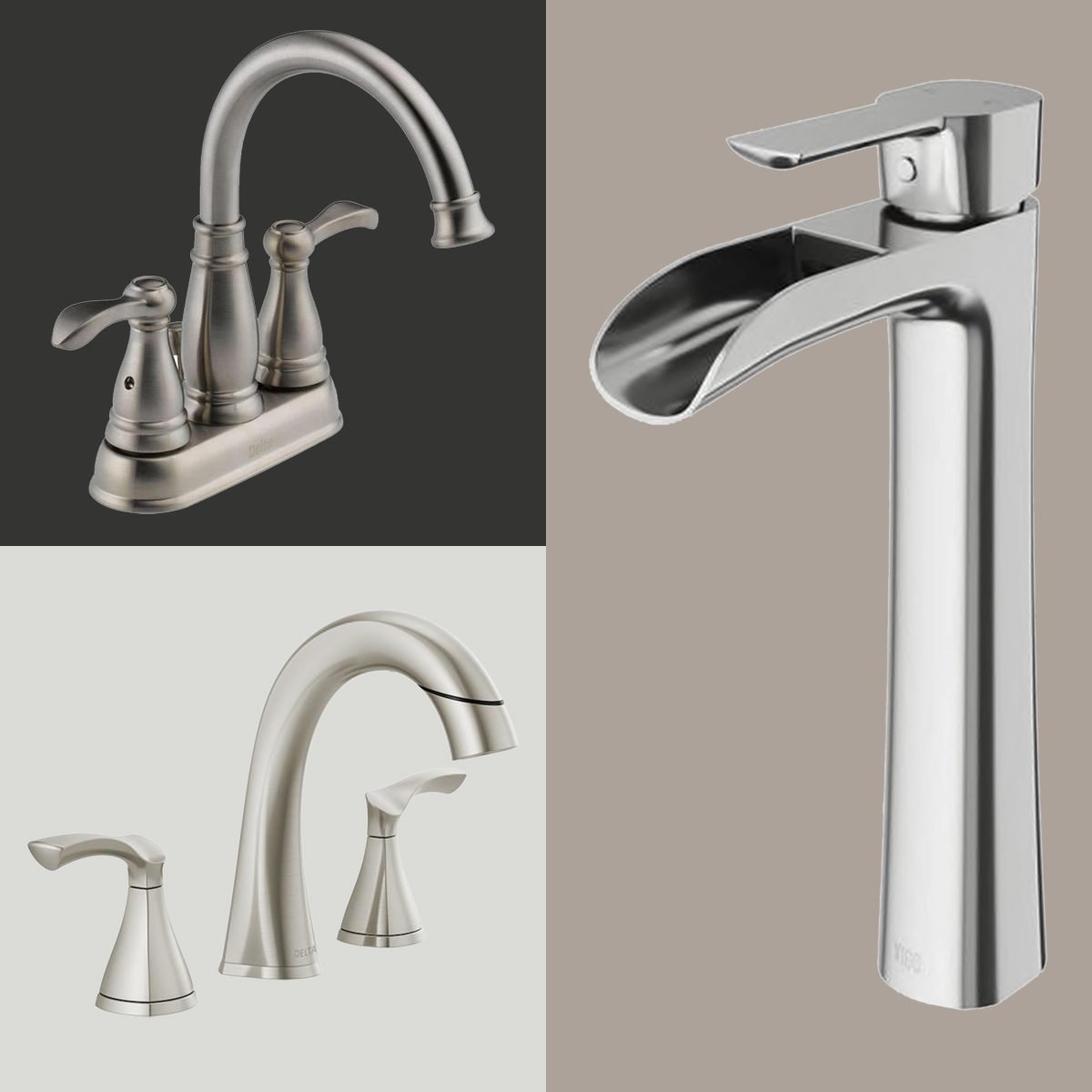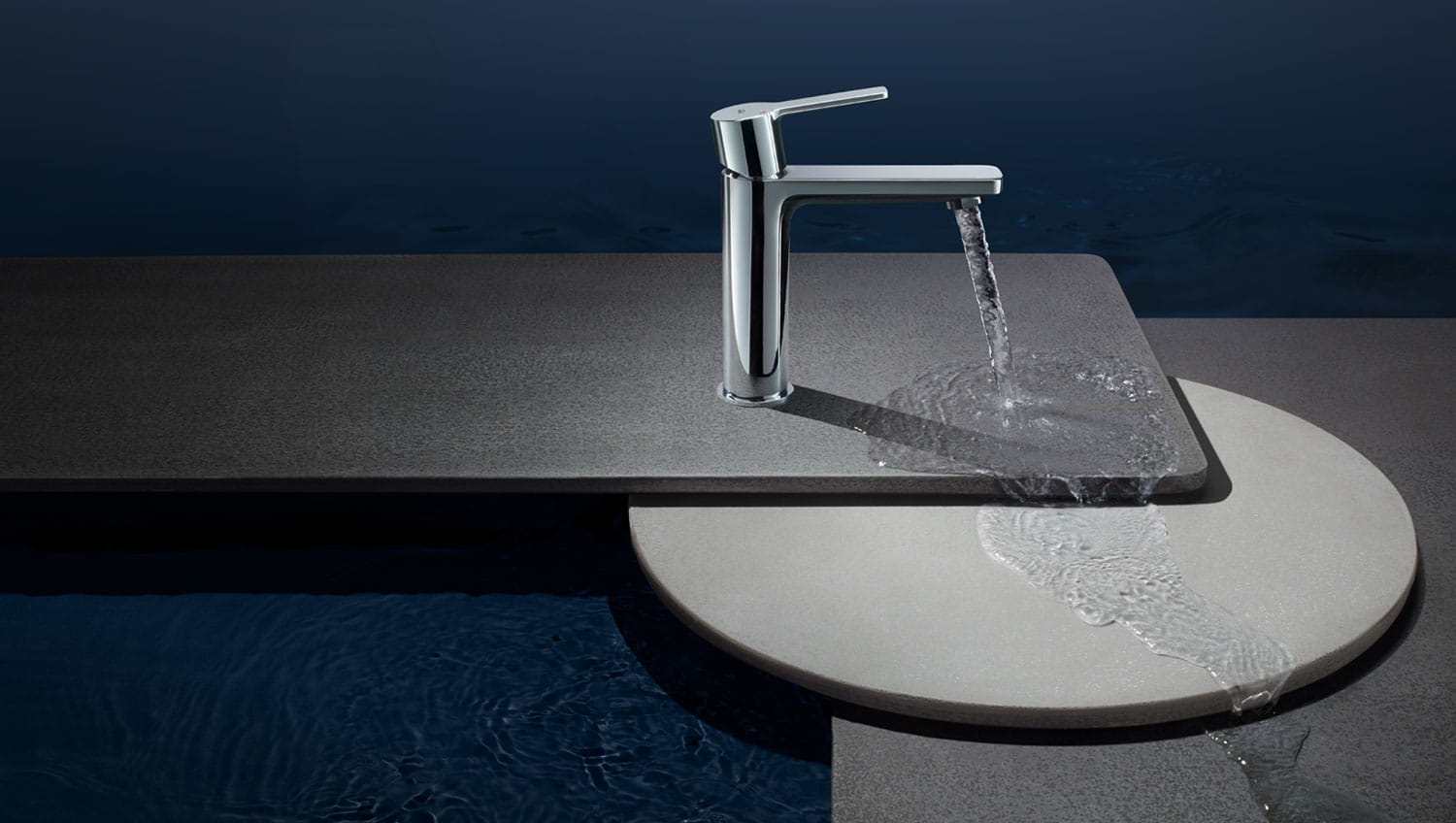Selecting the best quality bathroom sink faucet is a crucial decision for homeowners aiming to enhance both the functionality and aesthetics of their bathrooms. Numerous factors contribute to the overall quality of a faucet, including materials, construction, design, and performance. When seeking the best quality bathroom sink faucets, it’s essential to consider the materials used in their construction. High-quality faucets are often made of durable materials like solid brass or stainless steel, providing resistance to corrosion and ensuring longevity. These materials also contribute to the faucet’s ability to withstand the harsh conditions of a bathroom environment, including exposure to water and cleaning agents.
The construction of the faucet is another critical aspect of its quality. Look for faucets that feature robust and precise manufacturing techniques, such as ceramic disc valves. Faucets with ceramic disc valves are known for their reliability and durability, as these valves are less prone to leaks and dripping compared to traditional rubber or plastic seals. Additionally, a sturdy and well-constructed faucet should have a smooth and precise operation, allowing for easy control of water flow and temperature.
The design of the bathroom sink faucet plays a pivotal role in both functionality and aesthetics. Opt for faucets with user-friendly designs, such as single-handle or touchless options, which provide convenient operation. Moreover, the aesthetic appeal of the faucet contributes to the overall ambiance of the bathroom. Styles range from classic and traditional to modern and contemporary, allowing homeowners to select a faucet that complements the overall theme of their bathroom.
Performance is a key consideration when determining the best quality bathroom sink faucets. Look for faucets with features that enhance performance, such as aerators that regulate water flow and promote water conservation. WaterSense-certified faucets, which meet the Environmental Protection Agency’s water efficiency and performance criteria, are an excellent choice for those seeking environmentally friendly options without compromising performance.
In addition to these factors, reputable brands known for producing high-quality bathroom fixtures are worth considering. Brands with a track record of customer satisfaction and positive reviews are more likely to provide reliable and durable faucets. While high-quality faucets may come with a higher initial cost, the investment pays off in terms of long-term durability, reduced maintenance, and an overall enhanced bathroom experience.
The best quality bathroom sink faucets combine durable materials, precise construction, thoughtful design, and optimal performance. Homeowners should prioritize faucets made from robust materials like solid brass or stainless steel, featuring ceramic disc valves for reliability. The design should be user-friendly and aesthetically pleasing, aligning with the overall theme of the bathroom. Performance-enhancing features, such as water conservation technologies, contribute to the faucet’s overall quality. Investing in reputable brands known for their commitment to quality ensures a reliable and durable bathroom sink faucet that enhances both the functionality and visual appeal of the space.
Comllen 2 Handle 3 Hole Brushed Nickel 8 Inch Lavatory Widespread Bathroom Faucet, Best Commercial Bathroom Sink Faucet with Pop Up Drain
Bathroom Sink Faucets
Best Bathroom Sink Faucets Polished Brass Marble Gold Single
TimeArrow Widespread 2-Handle Bathroom Sink Faucet Chrome Vanity Faucet with Pop-Up Drain Assembly, TAF288S-CP
Wholesale Best Quality Feature Bathroom Sink Faucets Basin Mixer
Best Bathroom Sink Faucets of 2024: Reviews with Buying Guide
Procedure To Purchase Best Quality Bathroom Faucets My Decorative
Best Quality Bathroom Faucet Brands
Related articles:
- Bathroom Sink Cabinets Modern
- Rustic Bathroom Sink Ideas
- Bathroom Sink Storage Ideas
- Farmhouse Bathroom Sink Ideas
- Bathroom Sinks Blue
- Bathroom Sink 400mm
- Ada Bathroom Sink Dimensions
- Bathroom Sink Marble Countertop
- Bathroom Sink Design Ideas
- Bathroom Sink Pipe Leak Repair
What are the Best Quality Bathroom Sink Faucets?
The bathroom sink faucet is one of the most important fixtures in your home. It’s used every day and is a key piece of any bathroom’s décor. It’s important to choose one that is both functional and stylish, but also durable and of high quality. Fortunately, there are a range of options available when it comes to finding the best quality bathroom sink faucets.
Types of Bathroom Sink Faucets
When selecting bathroom sink faucets, it’s important to consider the type of faucet you need. There are several different types of faucets available, each with its unique features and benefits. The three main types are widespread, centerset, and single-handle faucets.
Widespread faucets are designed to fit two or three holes in the sink or countertop. They feature separate hot and cold water handles that can be adjusted individually for desired temperatures. This type of faucet is a popular choice for larger sinks or longer countertops as they offer plenty of room for washing and other activities.
Centerset faucets feature a single handle with two separate spouts that fit into a 4-inch center spread hole in the sink or countertop. These types of faucets are perfect for smaller sinks as they save space while still providing ample room for washing and other activities.
Single-handle faucets offer convenience, as they only require one hole in the sink or countertop, making them great for compact spaces. They feature a single handle that can be adjusted for desired water temperature and pressure with one hand. Single-handle faucets are also available in both pull-down and pull-out styles, allowing you to easily rinse dishes or fill pots with water directly from the tap.
Materials Used in Bathroom Sink Faucets
The materials used to construct bathroom sink faucets are just as important as the type chosen for your space. The most common materials used to make bathroom sink faucets include brass, stainless steel, plastic, ceramic, and bronze. Each material has its own unique advantages and disadvantages, so it’s important to consider which material best suits your needs before making a purchase.
Brass is one of the most popular materials used to make bathroom sink faucets due to its durability and resistance to corrosion and tarnishing. Brass is also easy to clean and maintain, making it an ideal choice for busy households where regular maintenance is a must. However, brass can be prone to discoloration over time if exposed to high levels of moisture or humidity in the air.
Stainless steel is another popular material used for bathroom sink faucets due to its strength and corrosion resistance properties. It’s also highly resistant to scratches and dents, making it ideal for busy bathrooms where regular use is expected. Stainless steel doesn’t require much maintenance either; all you need to do is wipe it down occasionally with a damp cloth to keep it looking new for years to come. The downside of stainless steel is that it can be more expensive than other materials used in bathroom sink faucets like brass or plastic.
Plastic is another great option for those looking for an affordable yet durable material for their bathroom sink faucet. Plastic is not only lightweight but also incredibly strong and resistant to corrosion from water exposure over time. Plastic can also be easily cleaned with just soap and water; however, it may not be as visually appealing as other materials like stainless steel or brass when it comes to aesthetics.
Ceramic is another material commonly used in bathroom sink faucets due to its glossy look and beautiful appearance when installed on sinks or countertops. Ceramic is extremely tough yet lightweight at the same time; however, it may chip if dropped on hard surfaces like tile floors or concrete countertops so extra care should be taken when cleaning these types of fixtures. Additionally, ceramic can be quite expensive compared to other materials like plastic or even brass so budget-conscious shoppers should keep this in mind when shopping For a bathroom sink faucet.
How to Install a Bathroom Sink Faucet
Installing a bathroom sink faucet is an easy project that can be completed in a short period with minimal tools. Although the exact process will vary depending on the type of faucet being installed, these basic steps will help guide you through the installation process.
Step 1: Turn off the Water Supply
Before beginning any plumbing work, it’s important to turn off the water supply to the sink. This can typically be done by turning off the shutoff valves located underneath the sink or behind it in the wall. If necessary, use an adjustable wrench to loosen and remove the nuts from the shutoff valves before turning them off completely.
Step 2: Remove Old Faucet
Once the water supply has been turned off, you can begin removing the old faucet and its components. Start by unscrewing and removing any mounting nuts from beneath the sink as well as any mounting plates or brackets that are holding it in place. Next, pull out all of the components such as hoses, handles, and any other pieces that were connected to it. Finally, use a pair of slip-joint pliers to loosen and remove the washers from both hot and cold water lines before taking out the old faucet completely.
Step 3: Install New Faucet
Now that you have removed your old faucet, you’re ready to install your new one! Begin by threading the new faucet into place using the plumber’s tape or pipe dope around each connection point to ensure a good seal. Once it is firmly in place, use new washers and mounting nuts to hold everything together securely. Then, connect each hose to their respective hot and cold water lines before screwing them into place with slip joint pliers and tightening up all connections with an adjustable wrench.
Step 4: Turn on Water Supply
Now that everything is secured in place, you can turn on your water supply again! To do this, simply turn on each shutoff valve underneath your sink until you hear water running through your pipes again. Once this is done, check for any leaks around your connections before patting yourself on the back for a job well done!









